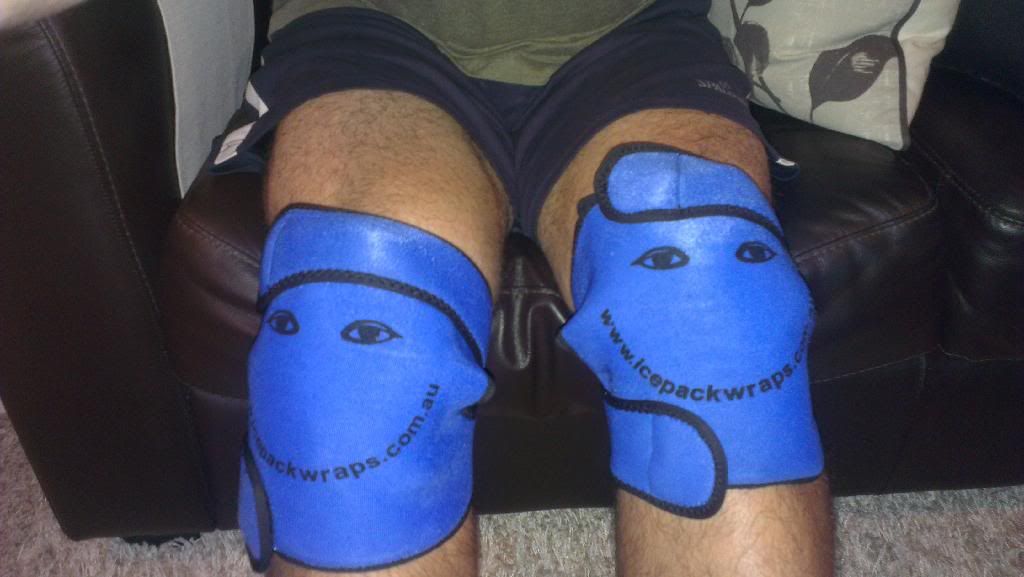parfittron
New member
One of the physios I saw put some sort of muscle strength monitoring device on my quads and my left was markedly weaker tensed than my right, despite being left footed. He felt the issues with the knee were caused by the surrounding muscles, but the knee swells with fluid after exercising it quite a lot, but no longer causes pain. 2 physio and a gp all couldn't find any structural issues.
I did try a compression sleeve on it which helped with the pain but limited my ROM.
I'll try some of the above advice and see how it progresses. Thanks all for the suggestions.
I did try a compression sleeve on it which helped with the pain but limited my ROM.
I'll try some of the above advice and see how it progresses. Thanks all for the suggestions.

